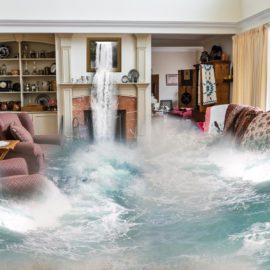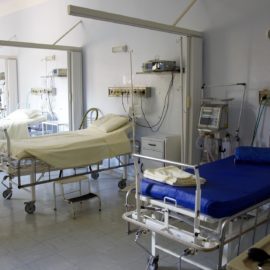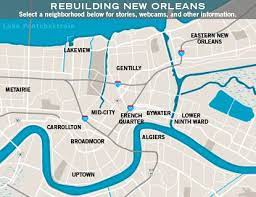
Rains are causing the Mississippi to rise and that is triggering work stoppages on levees and inspections of them.
Heavy rains will cause the Mississippi River to rise to 11.4 feet Friday in New Orleans. This means construction work near the region’s levees must stop while federal officials inspect those structures. The Army Corps of Engineers said Thursday that it plans to conduct twice weekly inspections of the levees while the river remains high, and that any subsurface projects within 1,500 feet of the levees should come to a halt while the inspections occur. Those projects include any installations of swimming pools in neighborhoods that are adjacent to levees, any foundation installations for new homes, and any utility work that requires crews to dig underground, USACE Public Affairs Specialist Matthew Roe said. Crews can apply for waivers to continue their work; the Corps considers those requests on a case-by-case basis when the river’s height crests above 11 feet.
nola.com
Of course, being downstream from the rest of the country it is not rains here that causes the rise but rains anywhere above us.
Should the river rise past 15 feet at any point, however, no waivers will be issued, as the Corps will have to begin daily levee inspections, Roe said. The Corps does not expect the river’s height to require the opening of the Bonnet Carre Spillway, which, when opened, relieves pressure on surrounding levees. The National Weather Service has said that the Lower Mississippi River will stay above 11 feet until March 21, peaking at 12.3 feet on March 12. The forecast is based on past rainfall and expected rainfall for the next 48 hours. A separate weather system will move through upriver this weekend that is expected to extend crest levels, not raise them.
There is not much flooding expected and it will not be here.
Minor flooding is expected at Red River Landing just north of Baton Rouge. The Coast Guard released a safety advisory Monday for ships from mile 219 to 240 above the Head of Passes, or mouth of the river, advising tow boats to take certain safety precautions and for companies to staff their vessels with the most experienced crew members. While global climate change has affected rainfall patterns over the entire Mississippi River, it’s hard to say how that phenomenon is affecting the river’s current height. NWS Service Coordination Hydrologist Jeffery Graschel said Thursday that the river is rising at the same rate it has in past years. So too is the lower Ohio River, a large tributary of the Mississippi, expected to crest at a similar height as last year. “It’s pretty early in the season for flooding,” Graschel said. “The river will have to be watched very closely. We can still have flooding for a number of more months.”
The Bonnet Carre Spillway and others are opened to relieve pressure if the river gets higher than set limits.
The Corps has historically opened the Bonnet Carre Spillway or the Morganza Floodway to reduce pressure on the levees when the river reaches or nears a height of 17 feet, or, more specifically, when volume of the river exceeds 1.25 million cubic feet per second. While there are no current plans to open the spillway, the Corps is asking residents to call the Army Corps at 504-862-2201 if they see anything amiss with the levees. “People live and recreate around the levees on a daily basis,” Roe said. “They’re going to be the first ones to notice if anything’s out of the ordinary.”
One oif the joys of living near rivers is the potential of flooding.



